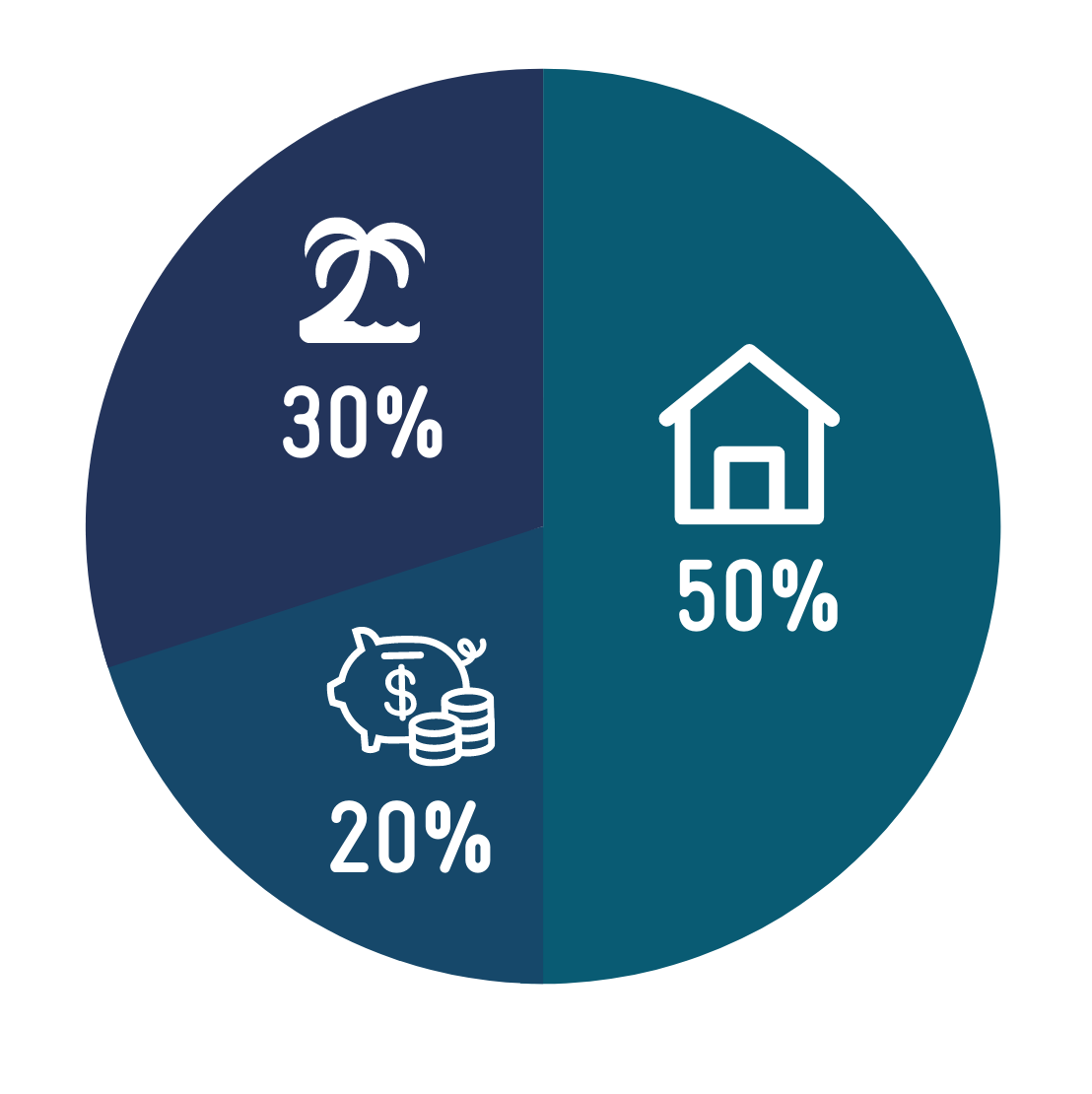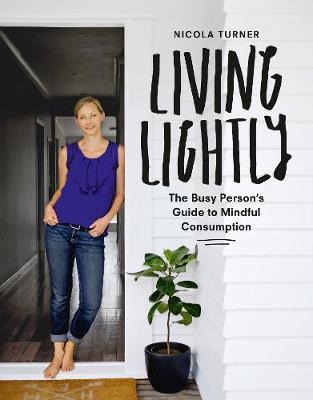Happy
Frugality

“The greatest wealth is to live content with little”
Plato
Everyone defines for themselves what it exactly means to live a simple life. We feel it combines elements of minimalism, environmentalism and thoughts about new ways to shape the economy, with happiness and conscious living.
Scroll through this guideline for concrete tips and inspiration!
Do you ever wonder how people simplify their lives? And what it brings them? Check out this 1min video of Sarah!
(Starter) Tips

Do you know the 50/30/20 rule? It’s a useful way to look at your finances and see how much you really need.
50% are for needs – essentials, including rent.
30% are for wants – cool things, like holidays
20% are for savings
It’s no exact science. It is a guideline that can help you also with the question “How much do I really need”.
It is proportional, so if you spend less, you obviously need less … You could then perhaps also work less and have more time for gardening, or community-projects.
It helps to see things in perspective.
Do you have other tips to share?
We’d love to hear your story!
Busted: 3 myths about happy frugality
1. Happy Frugality is an endpoint

It is not an endpoint .. it actually is a journey. Or perhaps you could see it as a spectrum.
We try to live more simple, but sometimes something happens, and our life becomes more complex. Then we adjust again and try to go back to living more simple. And this way we always move on the spectrum.
2. Happy frugality is hard work

Many people are afraid to miss out on things (fear of missing out: #FOMO).
By saying no when it’s not important to you, both to people and things, it is actually quite easy.
Brené Brown writes about it in her book “the gifts of imperfection” and talks about it in various podcasts.
3. It means being poor

Nope. You don’t need to renounce on the things you love. You make choices.
For example buying more expensive, organic food, but buying less of it. Going on holidays by bike instead of by plane. Making your own deodorant, rather than buying it.
Reminders
It is small things like this, that remind you from time to time that there are many alternatives out there!

Further reading..
Check out the other guidelines.. for example around the local and sharing economy:
Or about mobility and leisure:
There are many good books of inspiring, yet practical people. Sich as Nicola Turner >>






